Learning About Rwandan Genocide Kigali Rwanda. The streets are so clean. There are neatly painted curbs demarcating the sidewalks. I fixated on the center line dividing the road as my car rumbled across the pavement. I was fascinated and impressed. I recently spent 3 weeks in Western Africa and the word that comes to mind is chaos. But here in Rwanda, everything seems to be so … well put together.
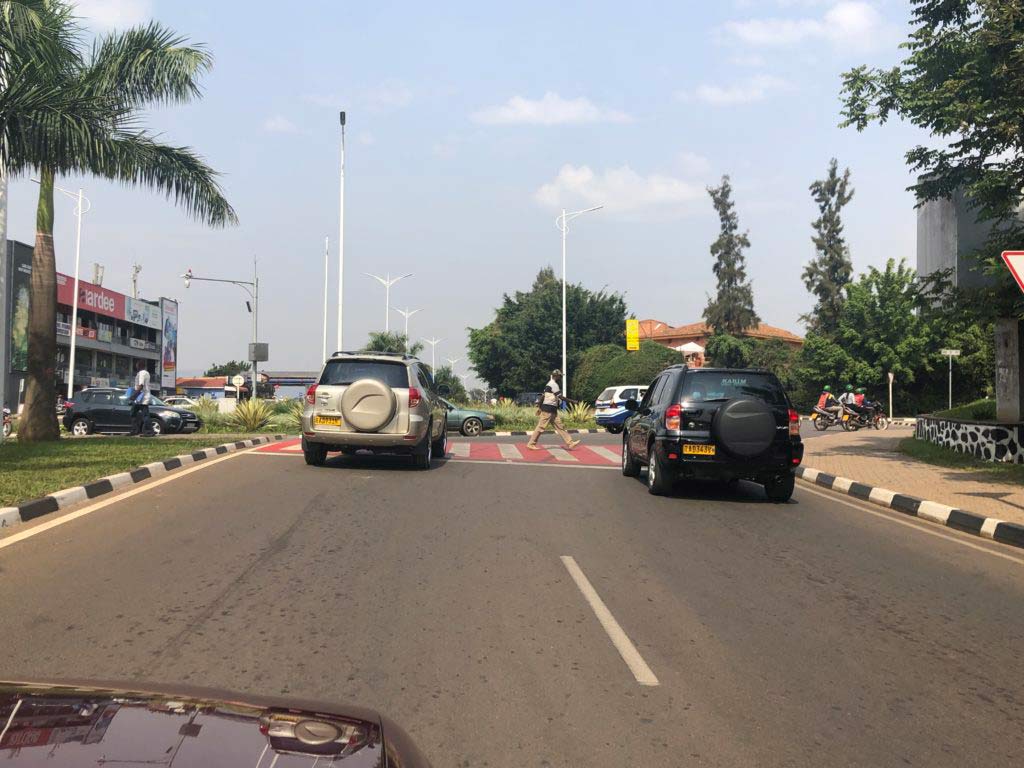
Yet, Rwanda, was savaged by a brutal genocide which decimated the country. In a 100-day period in 1994, up to 1,000,000 Rwandans were murdered by their family, friends, and neighbors. Its estimated that 70% of the Tutsi population was wiped out in less than four months. This is a horrific low-tech killing machine with an average of 10,000 people killed a day, often with just a machete. At the time of the genocide, Hutus controlled the government, military and police, and comprised approximately 85% of the population. Tutsis made up less than the remainder.

A sobering sign at immigration
Rwanda, to me was a land of contradictions. How was I to square the circle? Rwanda was subject to a genocide less than a generation ago, yet at a first glance seems to be a fully functioning society. Rwanda known as the Land of a Thousand Hills has many positive attributes that I could point to.
Rwanda offers universal healthcare to its citizens with over 95% of the population covered by health insurance. Infant mortality over a 15-year period was reduced by over 75%. Rwanda’s parliament has a larger percentage of females than any other country in the world. One million Rwandans escaped poverty over a six-year period, and this resulted in reduced malnutrition, greater agriculture output, and improved business opportunities. As an example, the Girinka program provided poor families with a cow contributing to this success. Rwanda is well known for banning plastic bags. In fact, upon entrance to Rwanda, customs will inspect your bag for plastic “contraband” and will confiscate. This is part of a greater theme known as Umuganda. Umuganda is a national day of service that takes place monthly and includes all citizens in Rwanda. Citizens gather together, even the president, to take part in community projects from public cleaning, planting trees, and road maintenance.
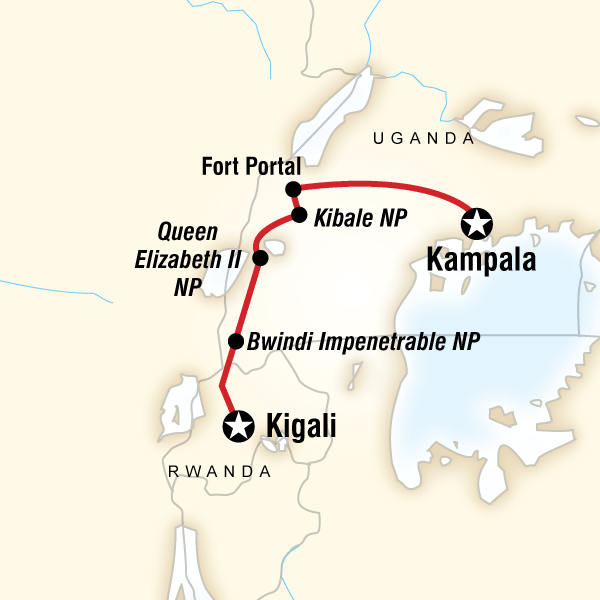
Check out my tour and agenda with G Adventures. I was invited by G Adventures to attend this tour. And I will earn a fee if you book a trip with G.
I am a G Wanderer, part of a team of content creators who work with G Adventures. I was invited to join the 8-day Culture & Wildlife of Uganda and Rwanda and share my experiences and impressions traveling with G.
Kigali provides for an elucidating and heart wrenching education to Rwanda’s recent past. There are many sites in Kigali to visit to learn about the genocide.
Kigali Genocide Memorial
This memorial in Kigali, the capital, is the final resting place for 250,000 victims of the Rwandan genocide. Mass graves contain the victims of the genocide.

This is a difficult place to visit. In the museum, a children’s gallery of victims was too painful to linger in. Large portraits of these kids hung on the wall, with big smiles, listing their hobbies. I left the room abruptly.
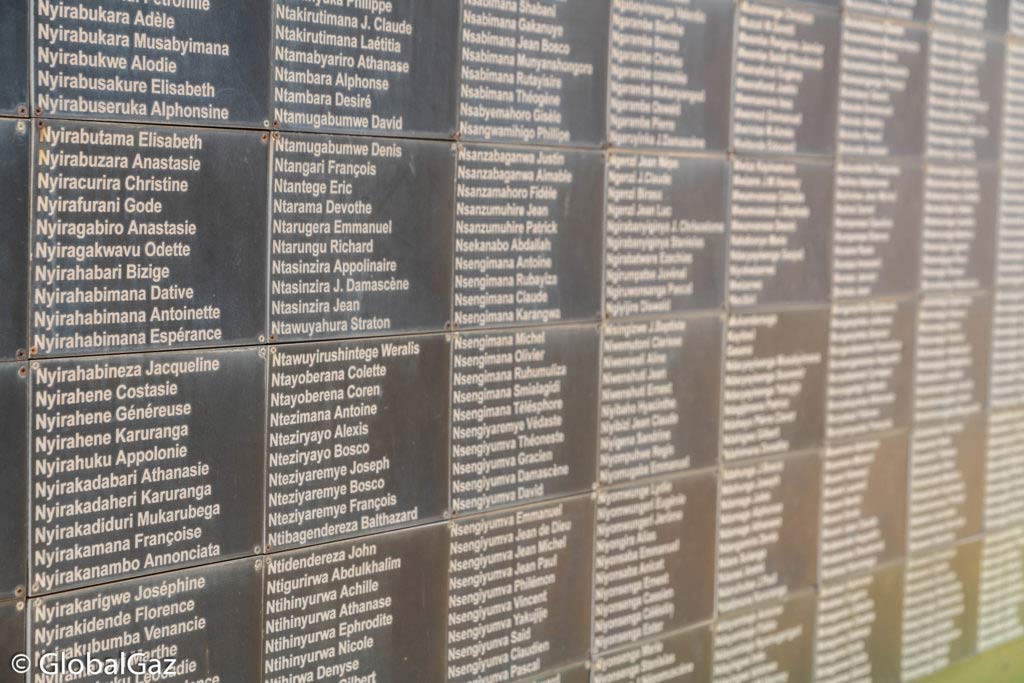
Also, in the museum, was a darkened alcove, with hundreds of personal photos of victims. It is hard to grasp so many lives being wiped out, simply based upon your ethnicity.

Nyamata Genocide Memorial Centre
This is one of six memorials located in Rwanda recognizing the genocide. Over 10,000 Tutsis gathered here for the safety which they believed the church would provide. The attackers came and wiped out everyone with grenades, guns and machetes. Today, the victims are buried here, in addition to 40,000 others who perished nearby.
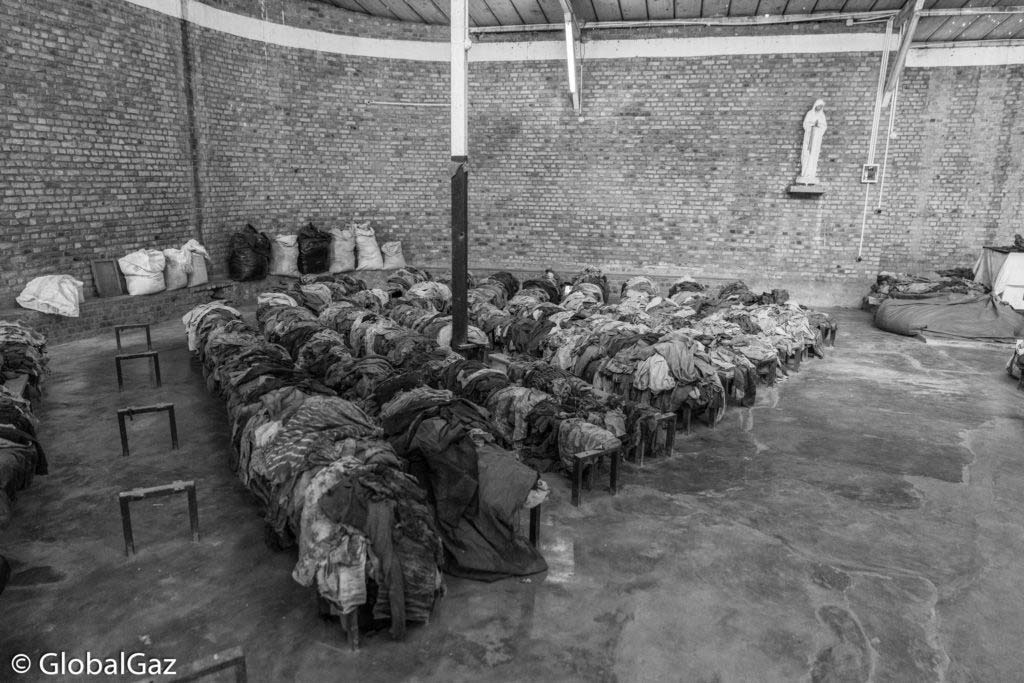
I entered the church, and it is a macabre setting. Bullet holes festooned the walls. The cloth covering the alter is draped in blood. The clothes of the victims are displayed on the pews. A small crypt displays skulls in an underground chamber. You can guess how the victim died by looking at the damage of the skull. A hammer. A machete. A gun.
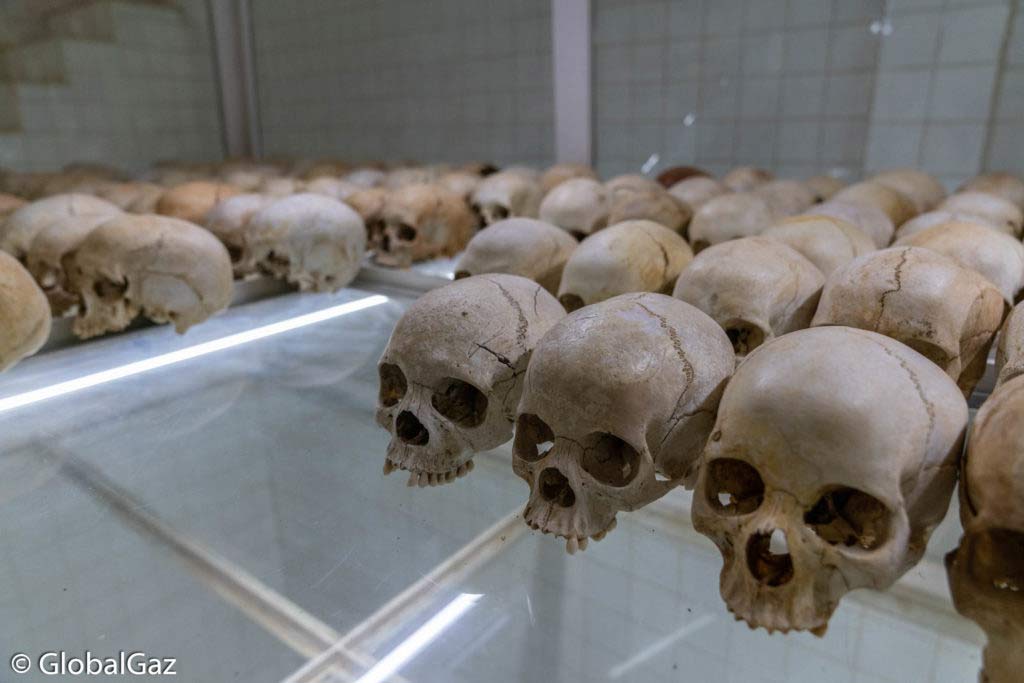
Ntarama Genocide Memorial Centre
On the outskirts of Kigali but close to Nyamata is the Ntarama Genocide Memorial Centre. This site was formally a Catholic church, but now is a memorial honoring the 5,000 people that perished here. During the genocide many Tutsis would congregate at churches for their falsely perceived safety. Here, the Tutsis were slaughtered.
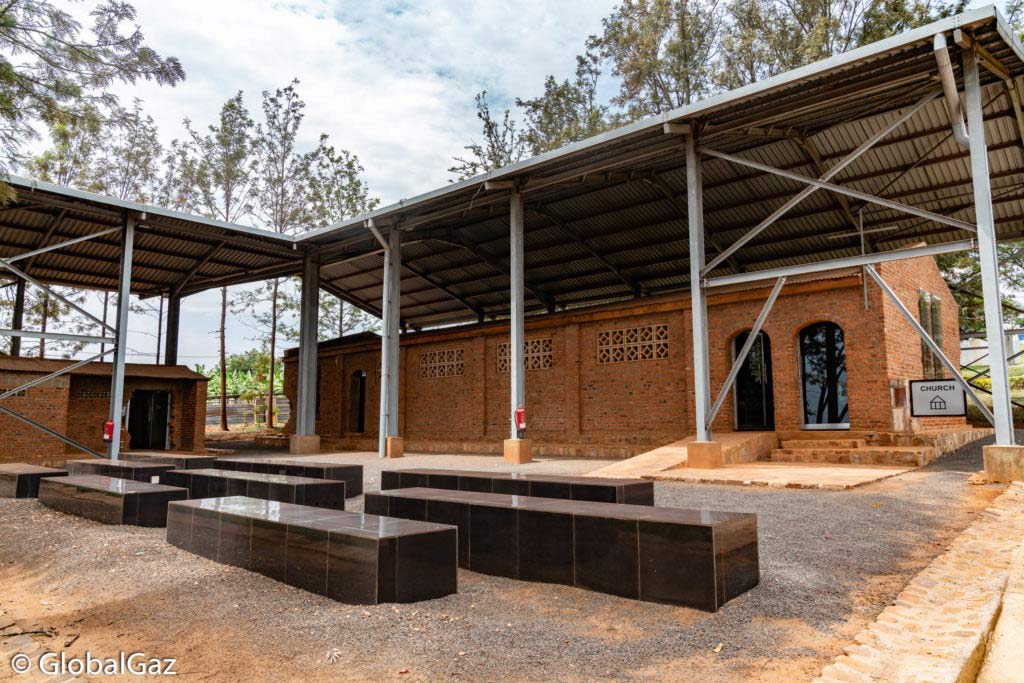
This was another moving and difficult visit. I was the only visitor at the memorial, and I had a personal tour of the grounds with the guide. It is not easy to be here. Clothing of the victims. A room where children were smashed against a wall. A crypt full of bones of the victims. Similar to Nyamata. But my guide narrated bits and pieces from her life and how she suffered during the genocide. How she lost people in her family. Tears welled in my eyes.
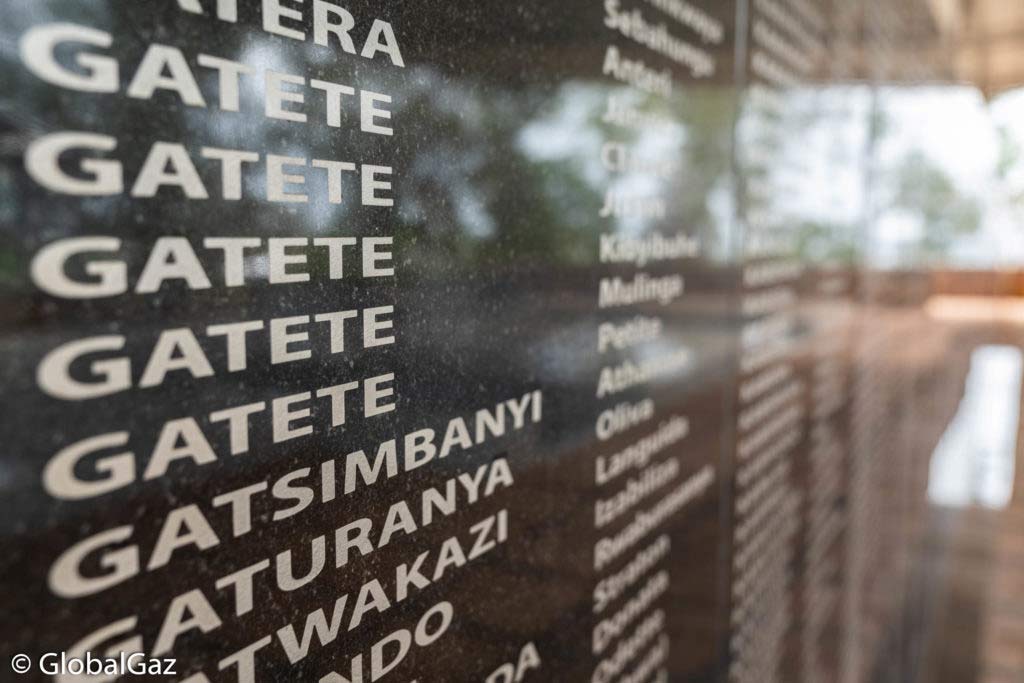
Camp Kigali Memorial
This memorial honors 10 Belgian UN peacekeepers who were slaughtered on the first day of the genocide. These soldiers were deployed to protect the moderate Prime Minister. The Presidential Guard captured and disarmed them and brought them to a military barracks. Some of the Belgian peacekeepers hid their weapons and fought off the Rwandans in a bloody three-hour siege before being overpowered. This killing was a calculated move by the Hutu extremists in hopes of scaring off Belgium and having them leave the UN peacekeeping forces in Rwanda.
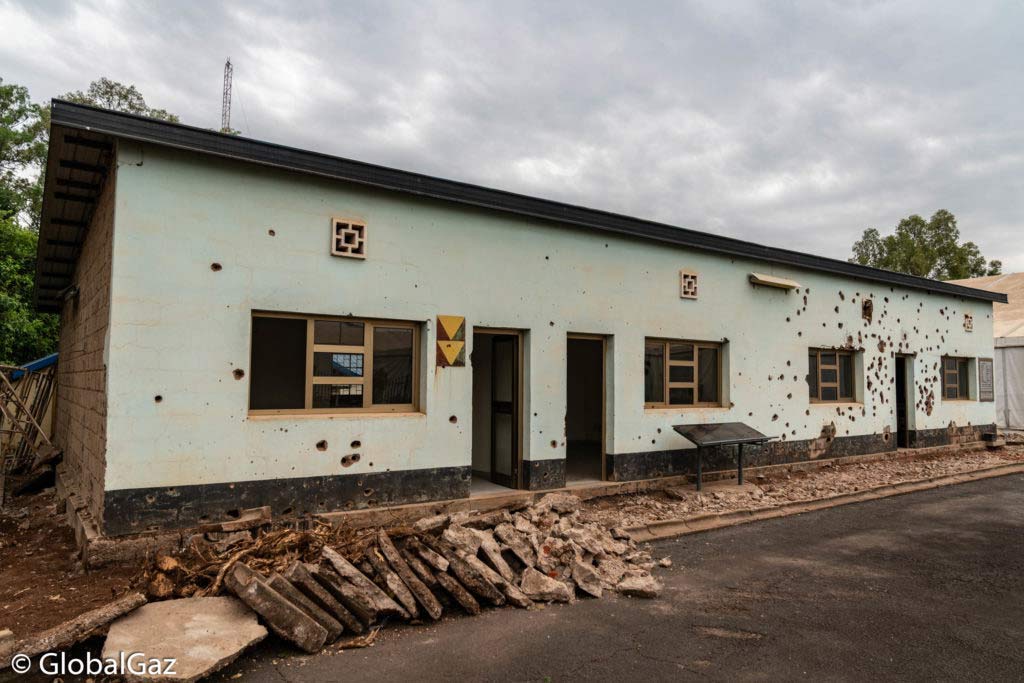
This memorial is located in a scrum of embassies and high-end hotels. The original barrack still stands scarred and cratered with multiple bullet holes. A plaque on the barracks lists the names of the soldiers. Nearby ten dark grey granite columns stand at attention, marking the memorial. Each column represents a soldier who was murdered, with the soldier’s initials chiseled into the base.
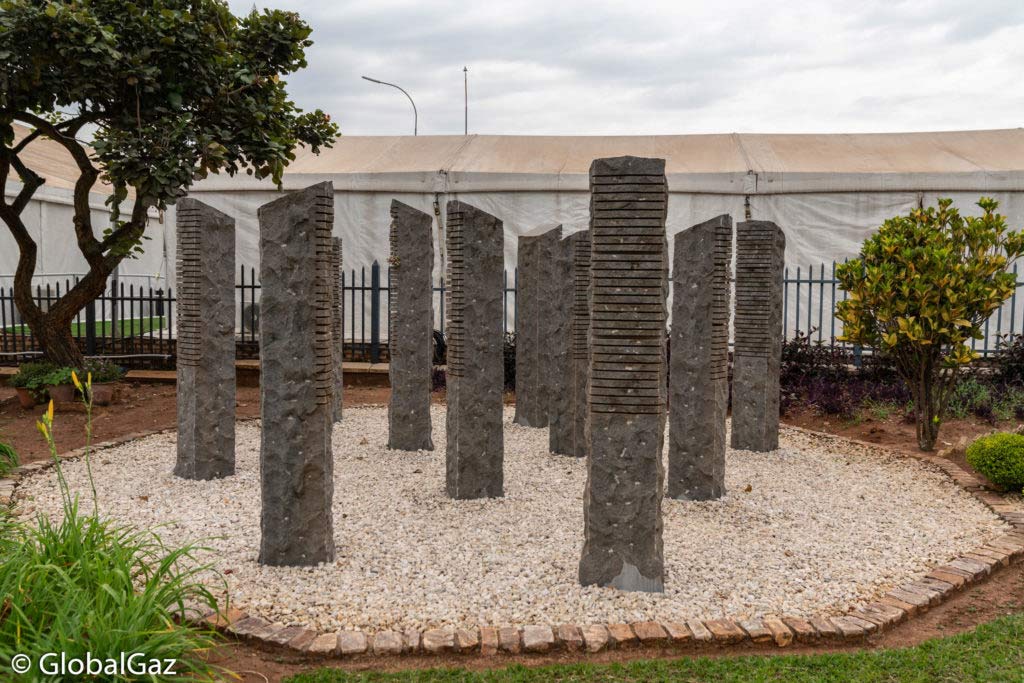
Presidential Palace Museum
In 1994, the President of Rwanda’s, Juvenal Habyarimana, private plane was shot down, oddly enough over the presidential palace, with debris from the plane scattering on the presidential grounds. The plane, a Dassault Falcon, was shot down by a surface to air missile and 12 people lost their lives. This attack on the plane precipitated the Rwandan genocide, while it was not the cause, but the occasion. The genocide began the following day after the crash.
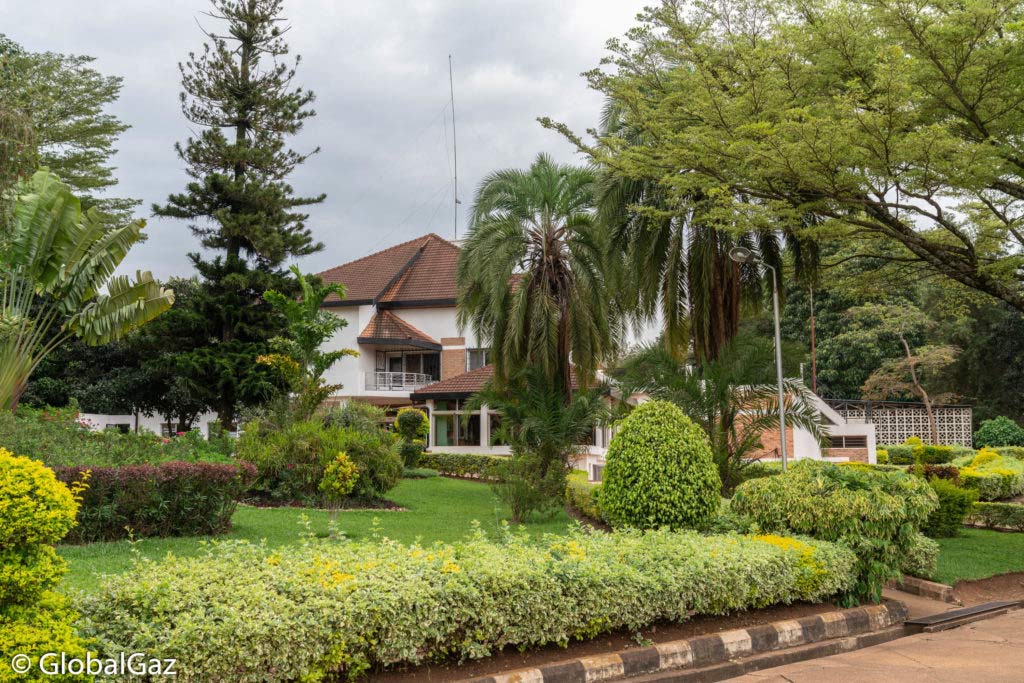
I was able to visit the Presidential Palace, which now serves as an art gallery, featuring local Rwandan artists. I then strolled through the grounds, past the tennis court and the swimming pool and then entered a walled off area which still holds the remnants of the president’s plane.
Hotel des Milles Collines
I stayed one night at this Kigali institution that has been hosting visitors since 1973. The name of the hotel translates as of 1000 hills evoking the landscape of Rwanda. While this is a very comfortable hotel to stat at, it is better known as the setting for the film, Hotel Rwanda. This hotel’s staff protected 2,000 Tutsis during the Rwandan genocide.
Hotel des Milles Collines is a well-known landmark in the city for its portrayal in the film, yet there is no recognition of the role the hotel and its staff played in saving so many people. No plaque, no sign, no statue. But none the less, stop by and have a meal at the pool. And think of the heroes of the genocide.
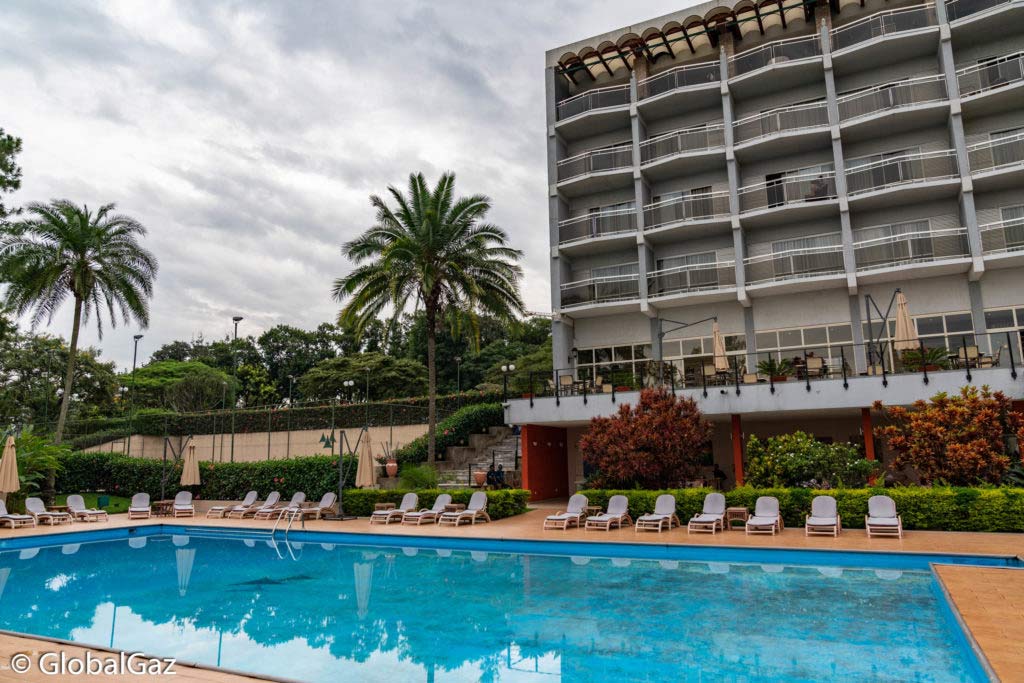
Recap
This genocide is not ancient history. This genocide that wiped out approximately 10% of the population was a generation ago. Many people you will meet in Rwanda directly bare the scars of those times. I could not fathom how this society seemed to function so well. I think of the impeccably maintained streets. I recall the smiling faces I met on the streets.
After the genocide, the Rwandan government instituted a system of community justice known as Gacaca. This traditional communal court was adapted to deal with the 100,000 plus perpetrators of the genocide who were jailed. The purpose of Gacaca was to determine the truth, have the perpetrators to admit guilt and ask for forgiveness. This was one of the steps the people of Rwanda took to address the aftermath.
I am the descendant of the Armenian Genocide. Yet, I do not live surrounded by Turks, and the Armenian genocide took place over 100 years ago. But today, I still have anger and frustration in my heart for a calamity that was never addressed.
So how are the Rwandans able to move forward?
I think of Gratien, my taxi driver, who is a Tutsi and lost many members of his family, including two of his brothers. In his limited English and my non-existent French, he explained he needed to live for today. That he did not have the luxury to focus on the past. He thought of the future and only wanted to provide for his children to have a better tomorrow.
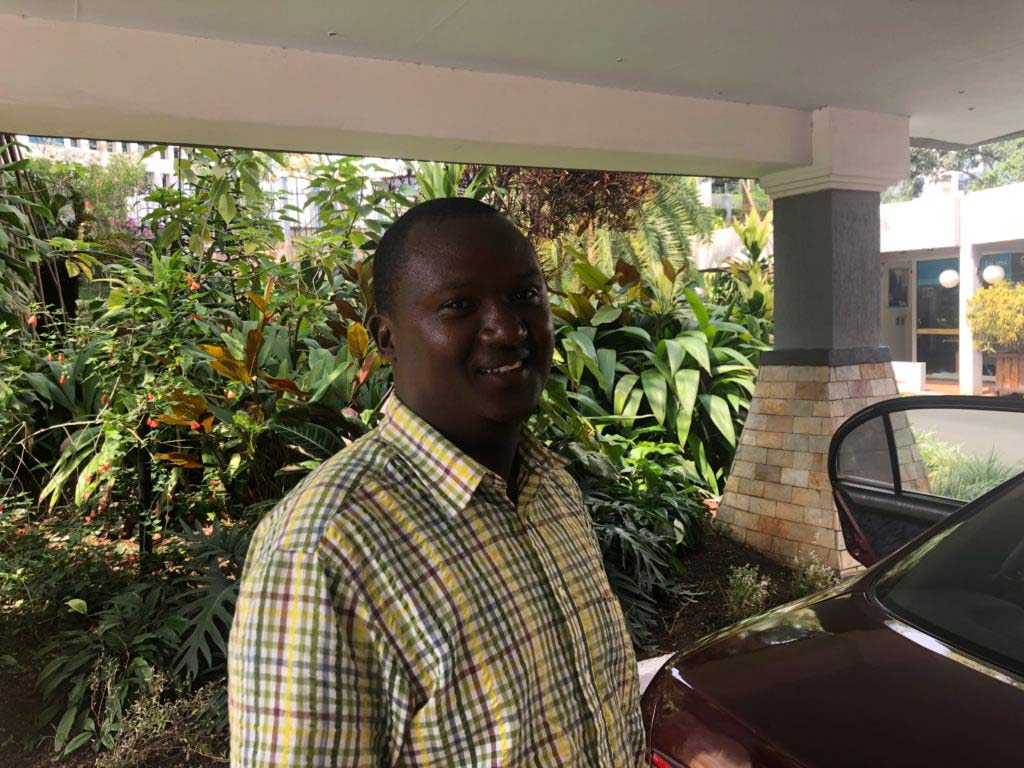
Read more about my trip with G Adventures to Uganda and Rwanda. Trekking with chimps, taking a cultural walk in the village of Bigodi, and safari in the Queen Elizabeth National Park.
If you order through my link to Amazon I will earn a fee.
Learning About Rwandan Genocide Kigali Rwanda
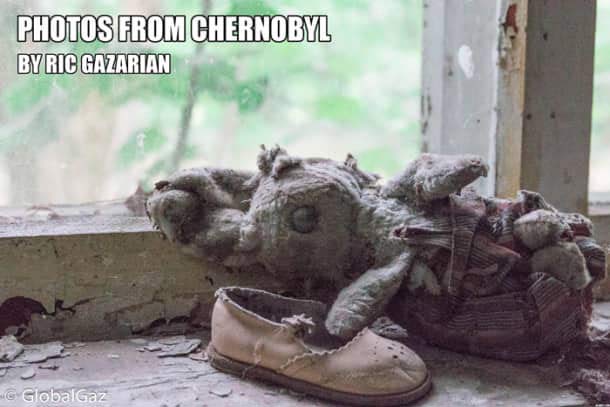
Photos From Chernobyl
Sign up to receive your free copy of Photos From Chernobyl. Over 100 photos from the Chernobyl Exclusion Zone.

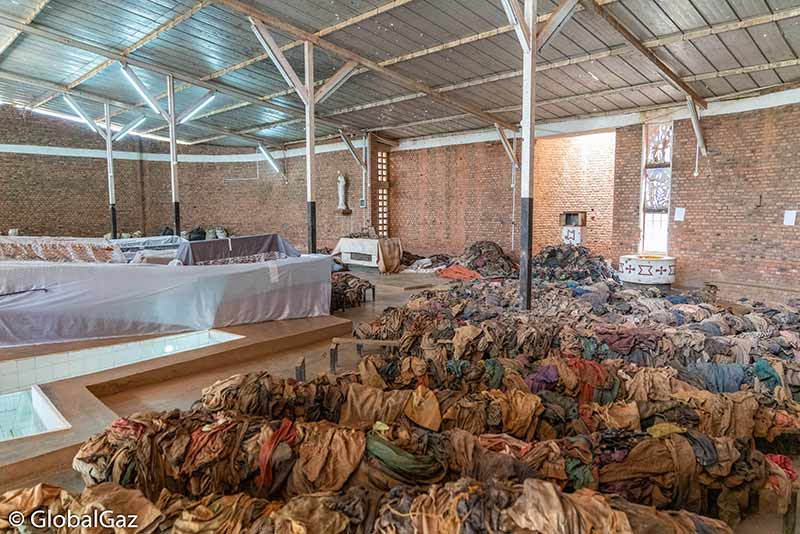

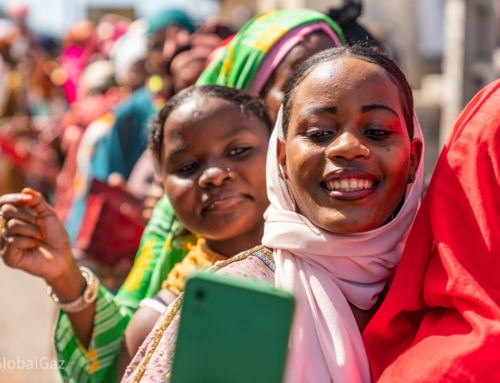
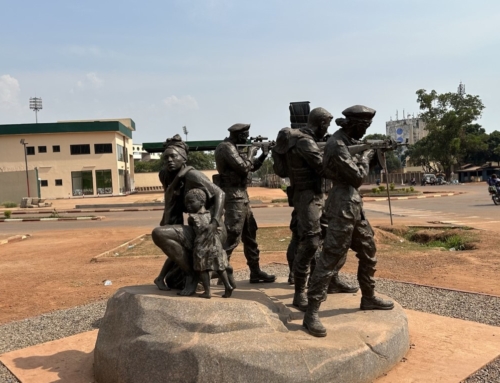

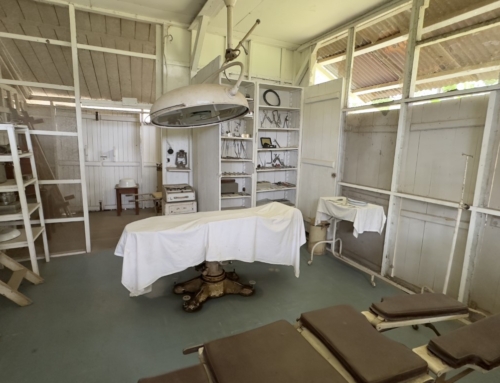
This was a powerful one, Ric.
Thank you Nareg jan!
Please, don’ t be too much impressed by the cleanliness of the streets of Kigali ! This is just a facade.Take note that there is a minority in power which does not allow a minimum of real democracy. The president is de facto life-time.The army, the police and the secret service are present everywhere, but unfortunately,Ric, regrettably, as a blind foreigner, has no eye for this.
I am no expert on Rwanda. Just my observations for several days in the country and some reading on the country.
[…] Gaz goes to Rwanda. Amazing how far this little country has come! Learning About The Rwandan Genocide In Kigali Rwanda. This is the kind of place I would love to have a full trip report from. How you got there with […]
[…] And my trip to Uganda and Rwanda included a stop at the Nyamirambo Women’s Center (NWC). Our group left the Bwindi Impenetrable National Park, a UNESCO sight, well known for trekking mountain gorillas and headed to the border with Rwanda. The border crossing transpired without any difficulties and later in the day we arrived at the capital of Kigali. Our first stop was a difficult and moving visit to the Kigali Genocide Memorial. […]
[…] Rwanda. I crossed overland to Rwanda and spent a couple of days here, learning about the tragic history of the genocide. […]